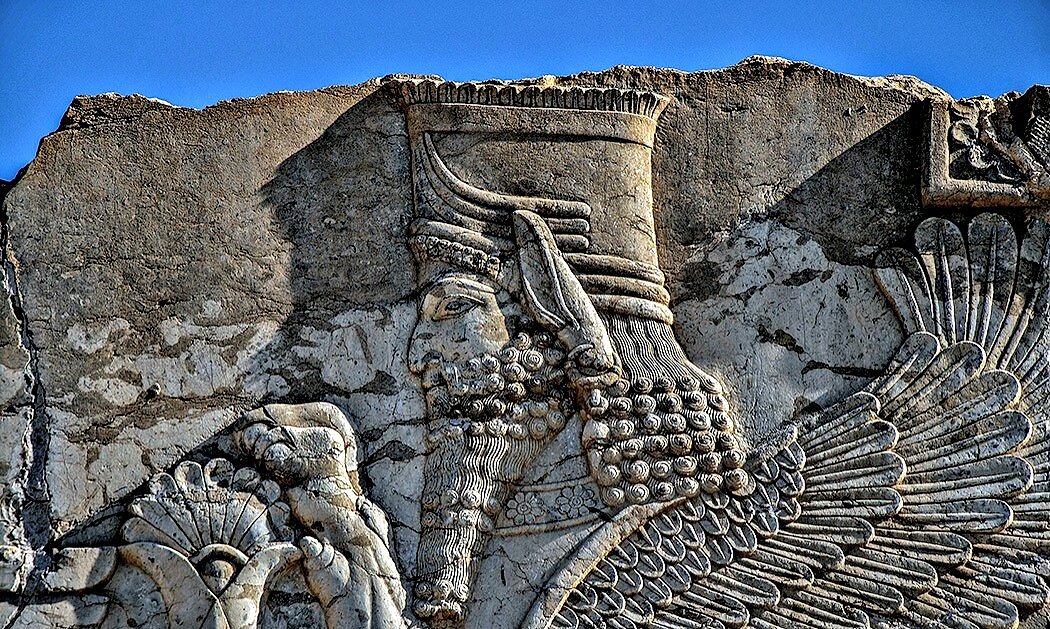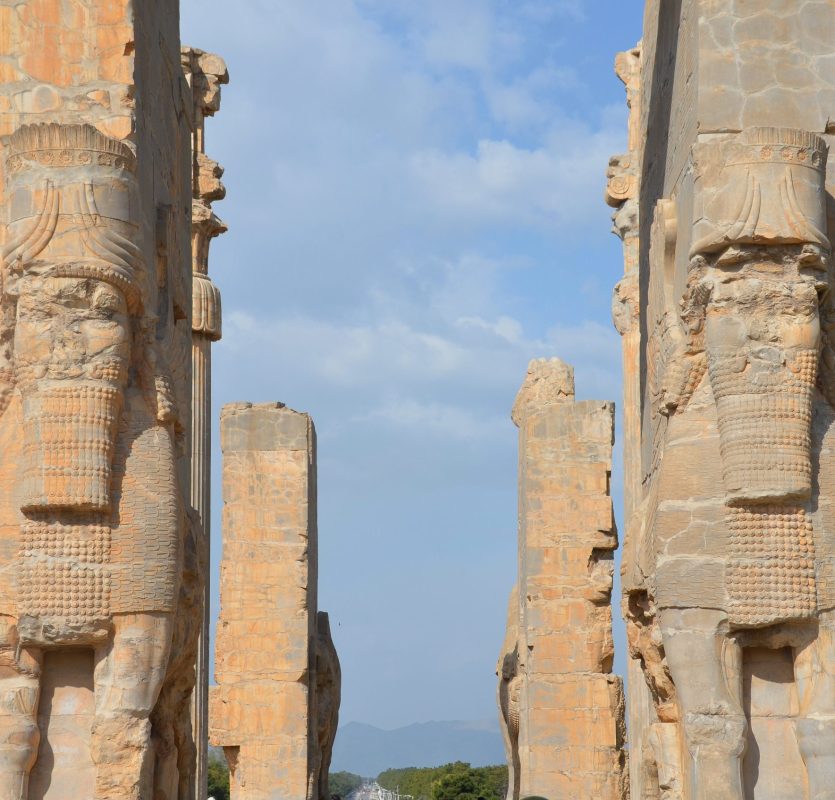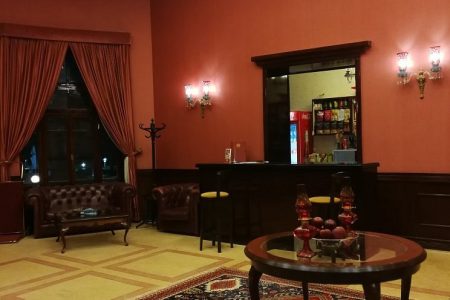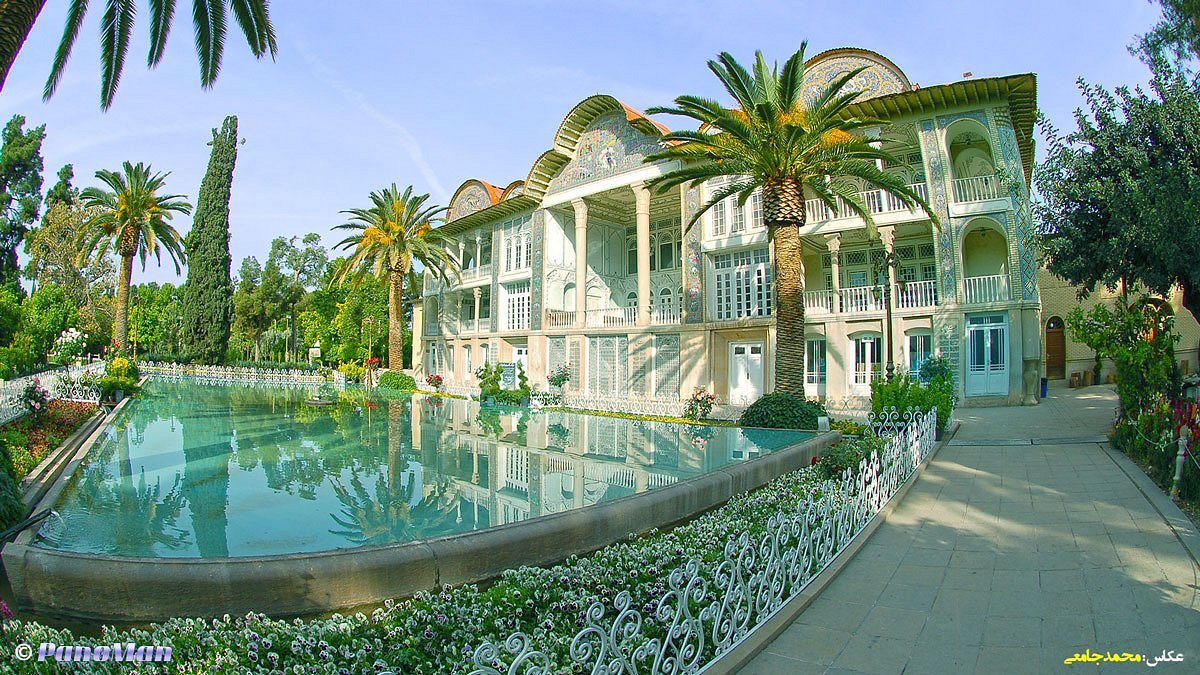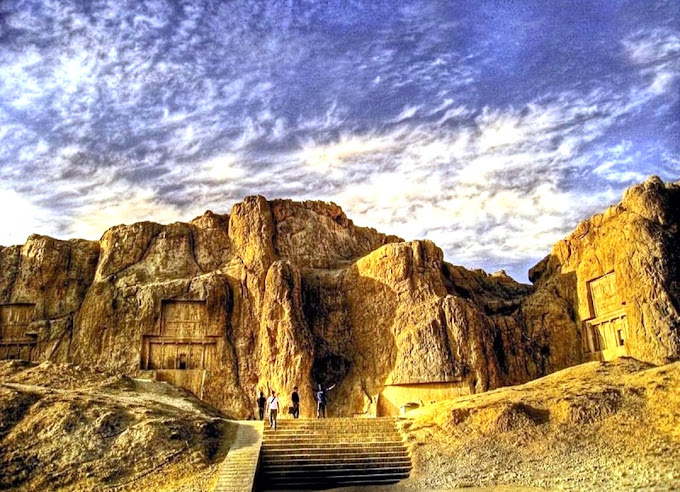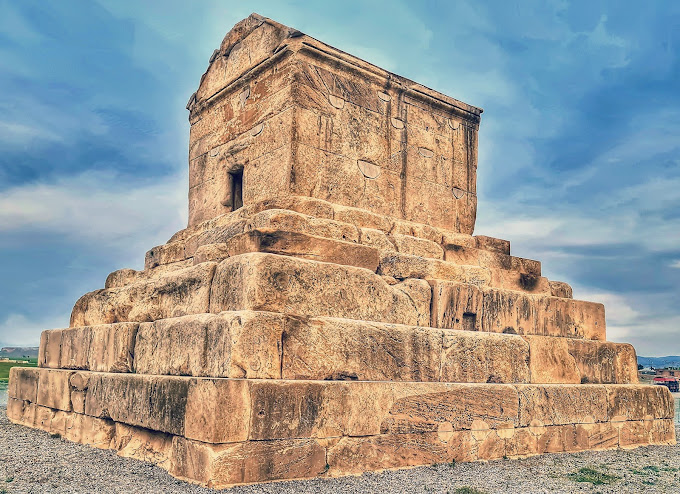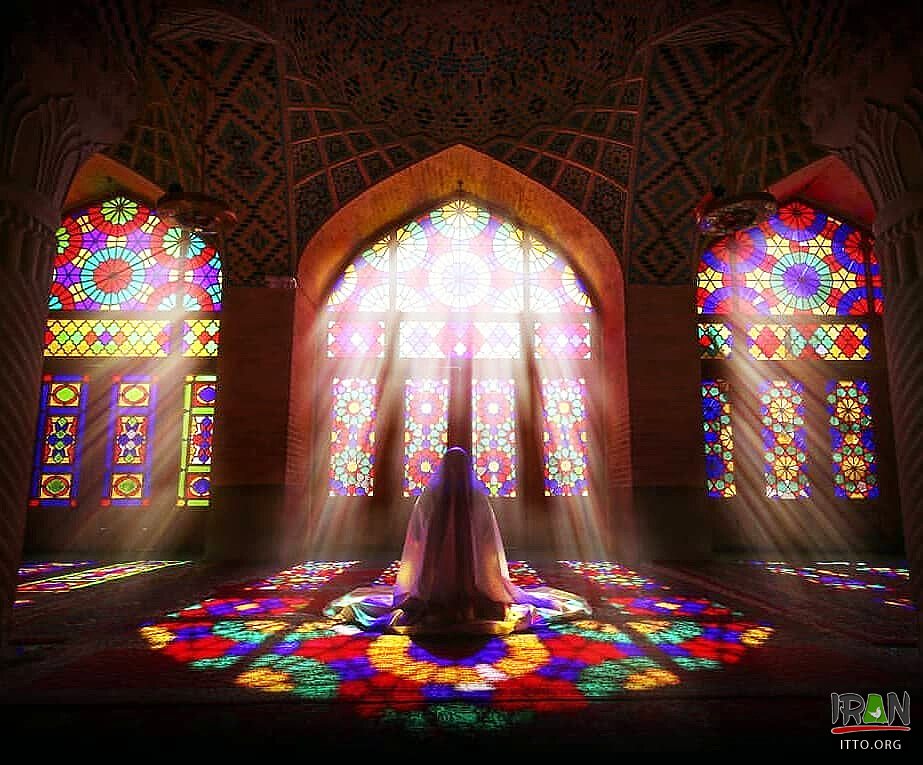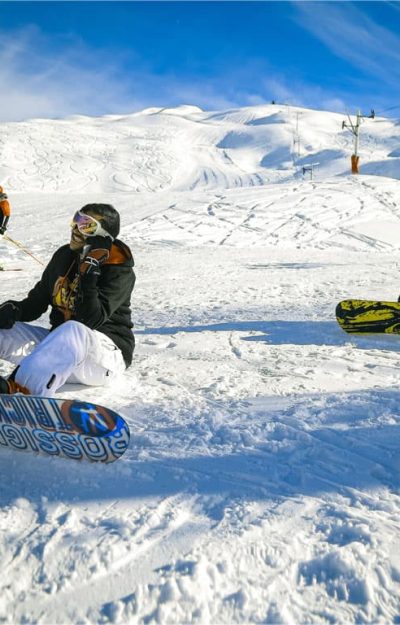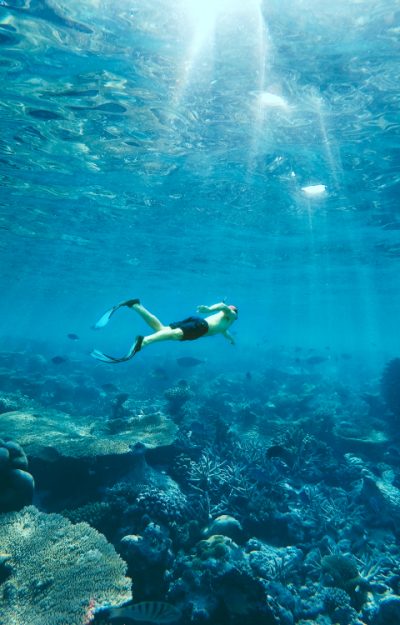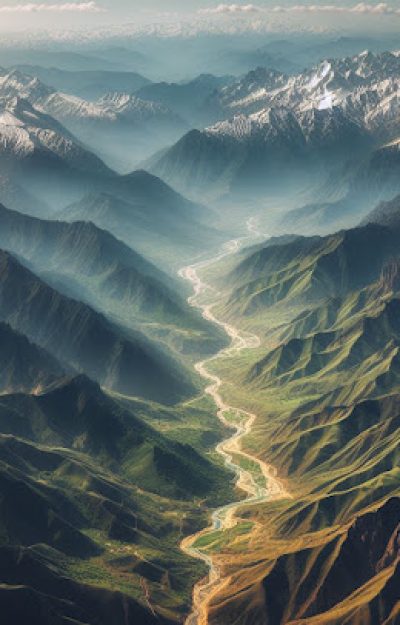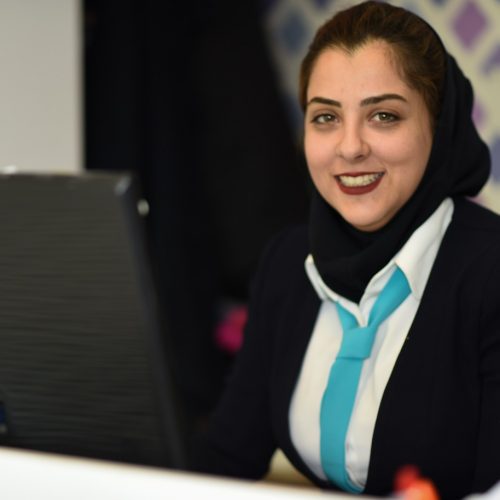Why to visit Persepolis?
Constructed under the vigilant aegis of Darius I and further developed by his successors, Xerxes and Artaxerxes, during the period of approximately 520 to 330 BCE, Persepolis stands as a magnificent manifestation of the Achaemenid style of art and architecture. The grandiosity of its ruins bespeaks a civilization deeply engrossed in aesthetic pursuits and administrative finesse. The city was once the ceremonial capital of the Persian Empire and played a pivotal role in the administration and governance of the vast Achaemenid territory, reflecting a zenith of cultural and political ascendancy.
A stroll through the remnants of Persepolis takes the visitor on a journey back in time, where each stone whispers tales of bygone eras, of kings and warriors, artisans, and laborers who once breathed life into the ornate walls and robust columns. The “Gate of All Nations” extends a silent, yet grand welcome with its colossal, hybrid statues, blending the body of a bull with the head of a bearded man, introducing one to the harmonious amalgamation of power and artistry. The Apadana Palace, with its impressive stairways, unfolds the meticulous and detailed reliefs depicting dignitaries, envoys, and subjects of the empire, each intricately carved figure narrating stories of diversity and unity, pomp, and power.
Persepolis isn’t simply a collection of splendid ruins; it is an archaeological site where every layer of soil breathes tales of conquests, ceremonies, and catastrophic demise when Alexander the Great’s army ruthlessly razed the city. The solemn echoes of its silent stones still seem to mourn the unmeasurable loss of knowledge, art, and history.
Moreover, as a tourist, Persepolis is not merely a visual spectacle but a spiritual and educational journey into a civilization that once straddled the East and the West, forging connections, spawning innovations, and cherishing an unassailable spirit of endurance. Amidst the ruins, one may find a serene communion with the ancients, observing a sky that has witnessed the ebb and flow of empires, gazing upon the same horizons that once inspired poets, philosophers, and monarchs alike.
Visiting Persepolis, with its sprawling compound of palaces, halls, and stairways adorned with meticulous reliefs, is to walk in the footsteps of the kings of antiquity, to feel the pulse of an empire that once swayed the destinies of vast territories from India to Egypt. It is to appreciate the sophistication and grandeur of a civilization deeply immersed in philosophical, artistic, and administrative endeavors, leaving an indelible mark on the annals of human history.
In an era where our collective history is more crucial than ever for mutual understanding and global harmony, visiting such heritage sites serves not only as an enlightening educational experience but also as a gentle reminder of the transience of power and the perpetual endurance of cultural legacy. Indeed, Persepolis is a luminous beacon of Iran’s rich past and a compelling place for any traveler yearning to delve deeper into the history of human civilization.
